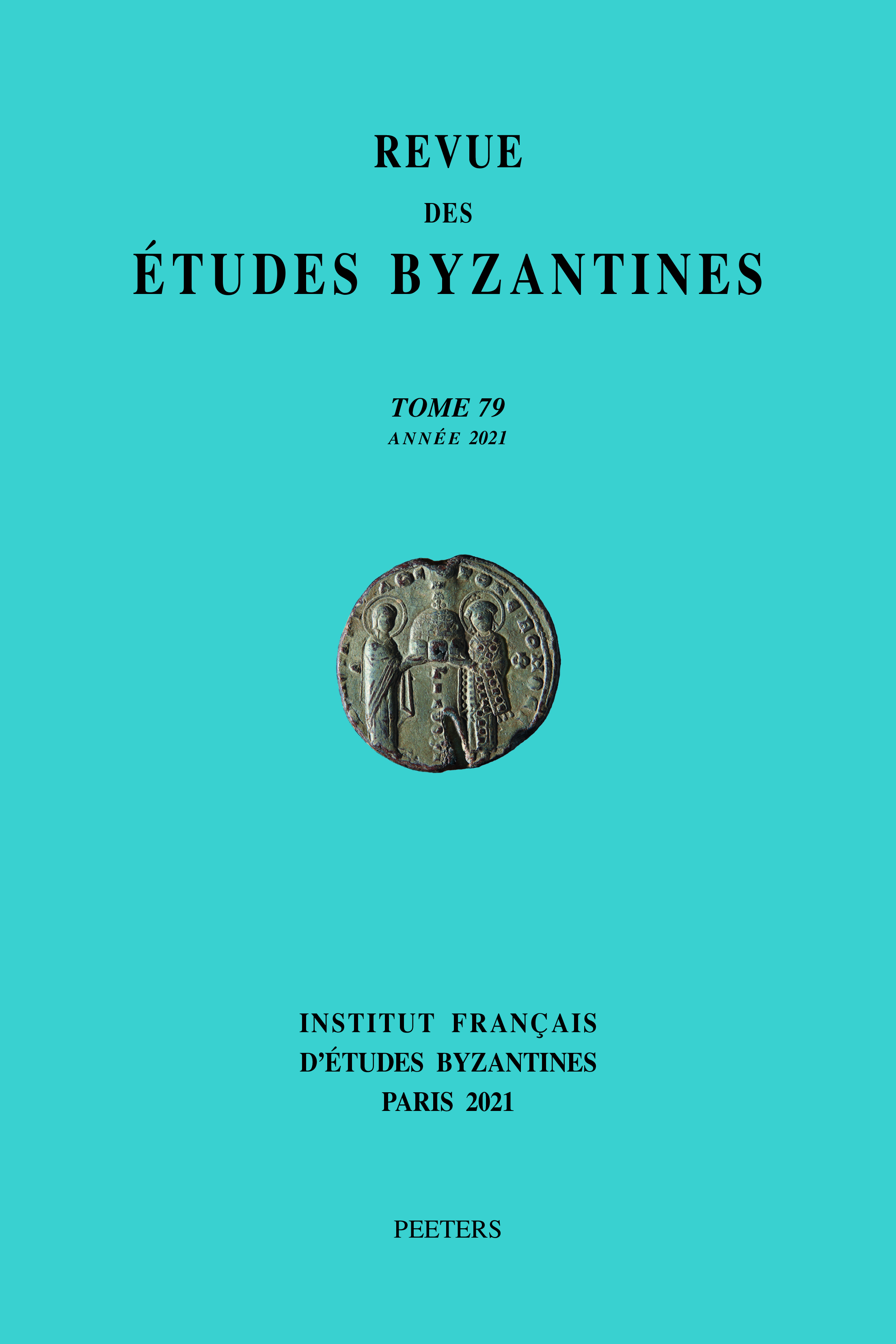 previous article in this issue previous article in this issue | next article in this issue  |

Preview first page |
Document Details : Title: Formes d'organisation collective dans les villes byzantines Subtitle: Questions de terminologie (7e-12e siècles) Author(s): KONTOGIANNOPOULOU, Anastasia Journal: Revue des Études Byzantines Volume: 72 Date: 2014 Pages: 235-248 DOI: 10.2143/REB.72.0.3044840 Abstract : Sous l’Empire romain, l’appareil administratif principal des cités était le conseil municipal, la curie ou la boulè. Du 5e au 6e siècle, les curies ont progressivement disparu, et les curiales ont été remplacés par les prôteuontes, ktètores et oikètores. Les institutions urbaines ont toutefois été moins étudiées pour la période suivante (7e-12e siècles). L’article tente d’éclairer un aspect de leur changement en s’attachant aux termes oikètores, oi tès poléôs et politai, qui se réfèrent à l’organisation collective de la population. Under the Roman Empire, the main administrative body of the cities was the city council, the curia or the boule. From the 5th to the 6th century, the curiae gradually disappeared, and curiales were replaced by proteuontes, ktetores and oiketores. Urban institutions however have been less studied for the next period (7th-12th c.). The article attempts to clarify one aspect of their change by focusing on the terms of oiketores, oi tes poleos and politai, which refer to the collective organization of the population. |
|


